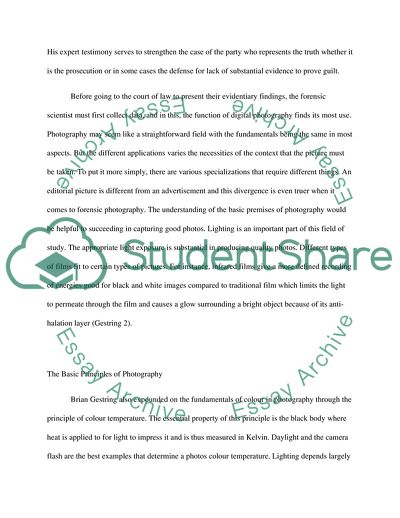Cite this document
(The Use of Digital Photography in Forensic Science Coursework, n.d.)
The Use of Digital Photography in Forensic Science Coursework. https://studentshare.org/science/1790477-the-use-of-digital-photography-in-forensic-science
The Use of Digital Photography in Forensic Science Coursework. https://studentshare.org/science/1790477-the-use-of-digital-photography-in-forensic-science
(The Use of Digital Photography in Forensic Science Coursework)
The Use of Digital Photography in Forensic Science Coursework. https://studentshare.org/science/1790477-the-use-of-digital-photography-in-forensic-science.
The Use of Digital Photography in Forensic Science Coursework. https://studentshare.org/science/1790477-the-use-of-digital-photography-in-forensic-science.
“The Use of Digital Photography in Forensic Science Coursework”. https://studentshare.org/science/1790477-the-use-of-digital-photography-in-forensic-science.


